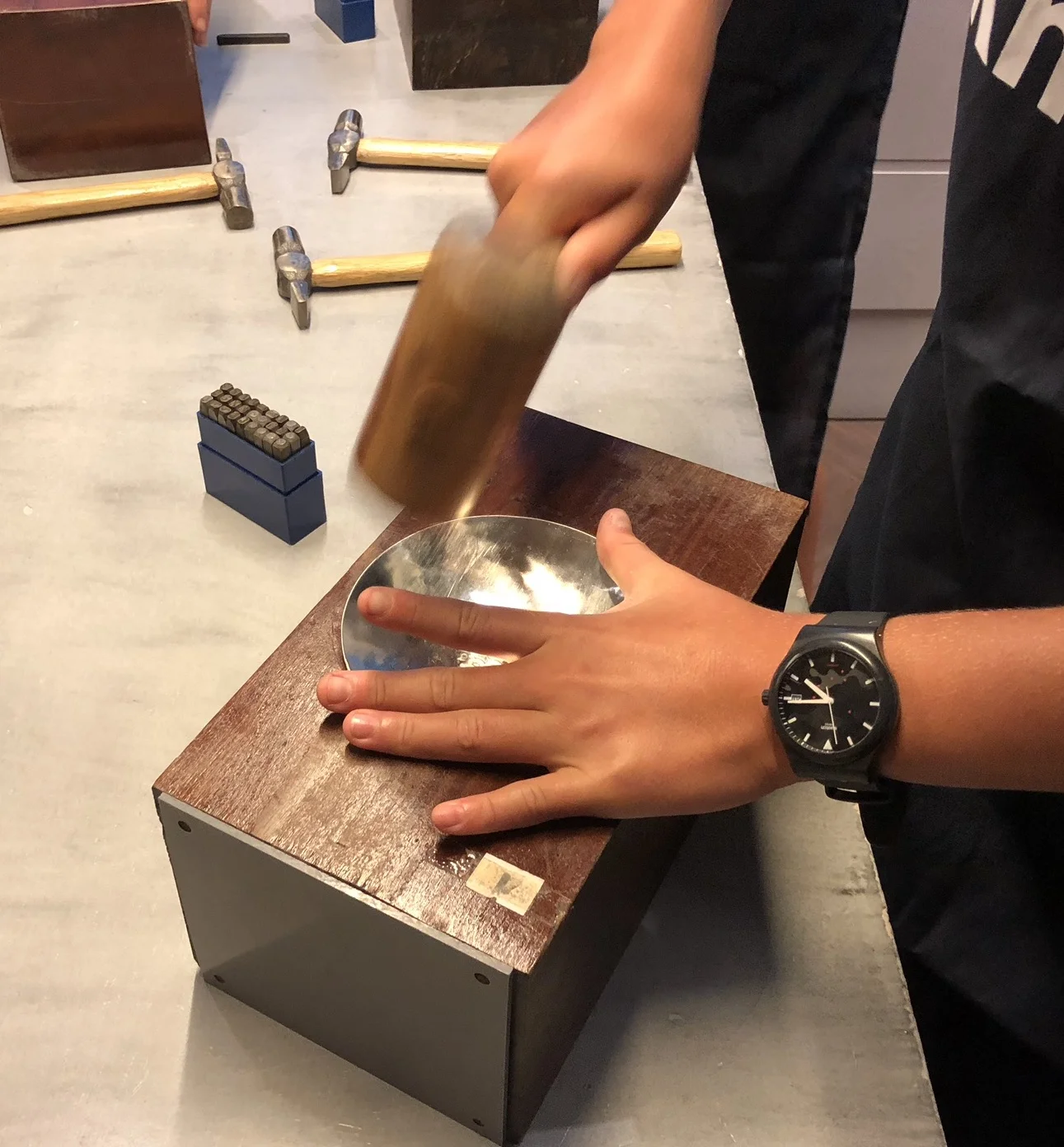Levels only help when the surface is almost flat, or looks so to the naked eye.
Glue guns are not meant for wood, so don’t follow my example in the image above.
A palm sander is used on surfaces where sandpaper would be impractical to use.
All workshop cuts are mostly made with this saw: it is precise and quick.
Don’t use this, there is a mitre saw for this purpose.
Measuring the top of drills is an inveterate hobby of mine.
When all you have is a hammer everything looks like a nail. In this case, it is true.
The set square is actually the most dangerous piece of equipment in the workshop. It has drawn blood twice, and that is why I stand far back and wear safety googles.
You even need a mold to start yourself off.
This is mostly used in the kitchen, it is not an everyday workshop tool.
Jigsaws help for when a round cut is needed. Let me tell you that it is not easy, I broke two blades on this project.
A belt sander is a good ‘all around’ tool for making long screws into long nails, or just making wood flush with other pieces of wood.
Working with the material pewter was a new experience, it molds with a tap of a hammer, so getting it to the right shape was not as easy as you think.
This reciprocating saw is normally used for pruning branches, but I didn’t want to kill a tree that day. Although I didn’t mid doing it indirectly.














